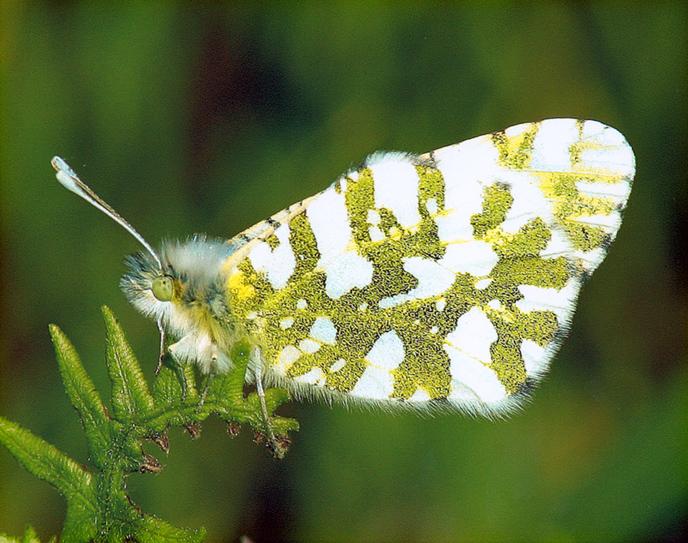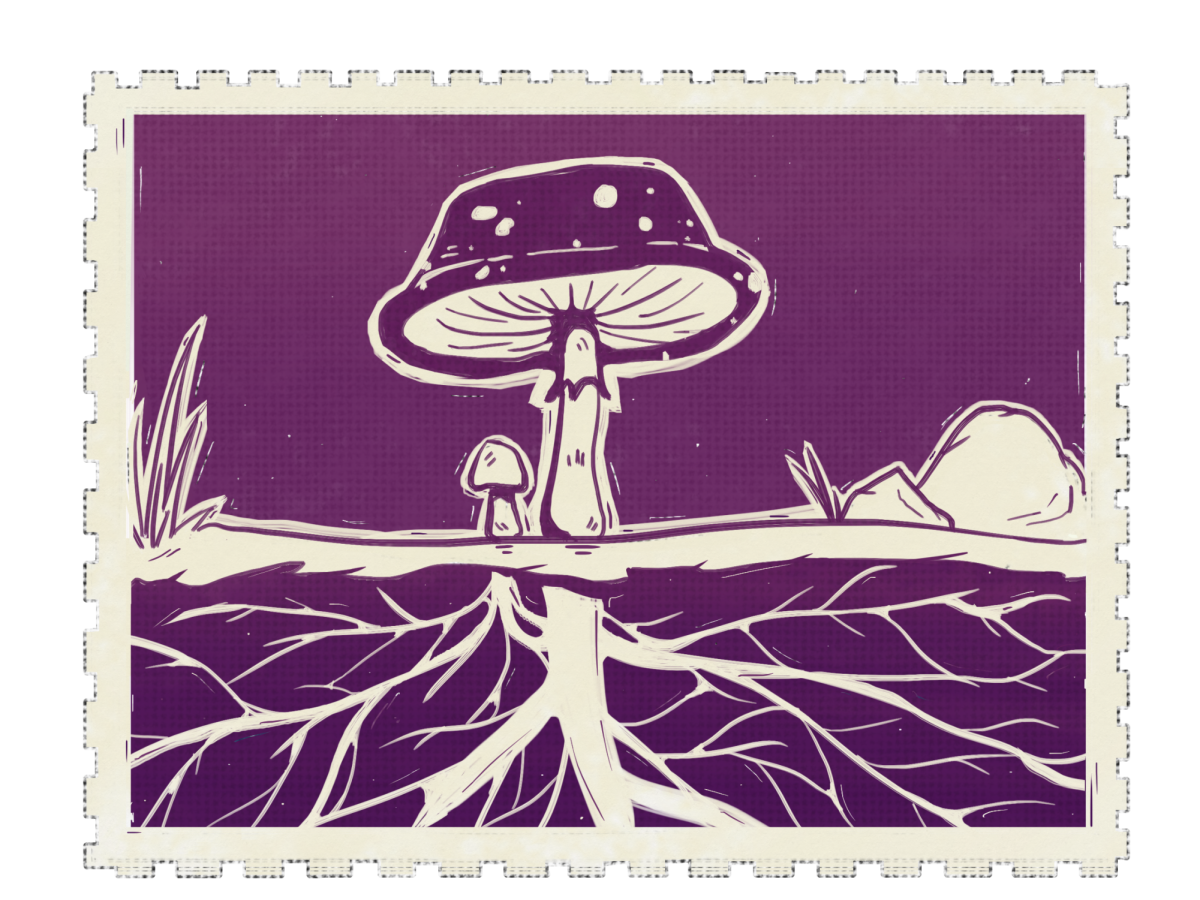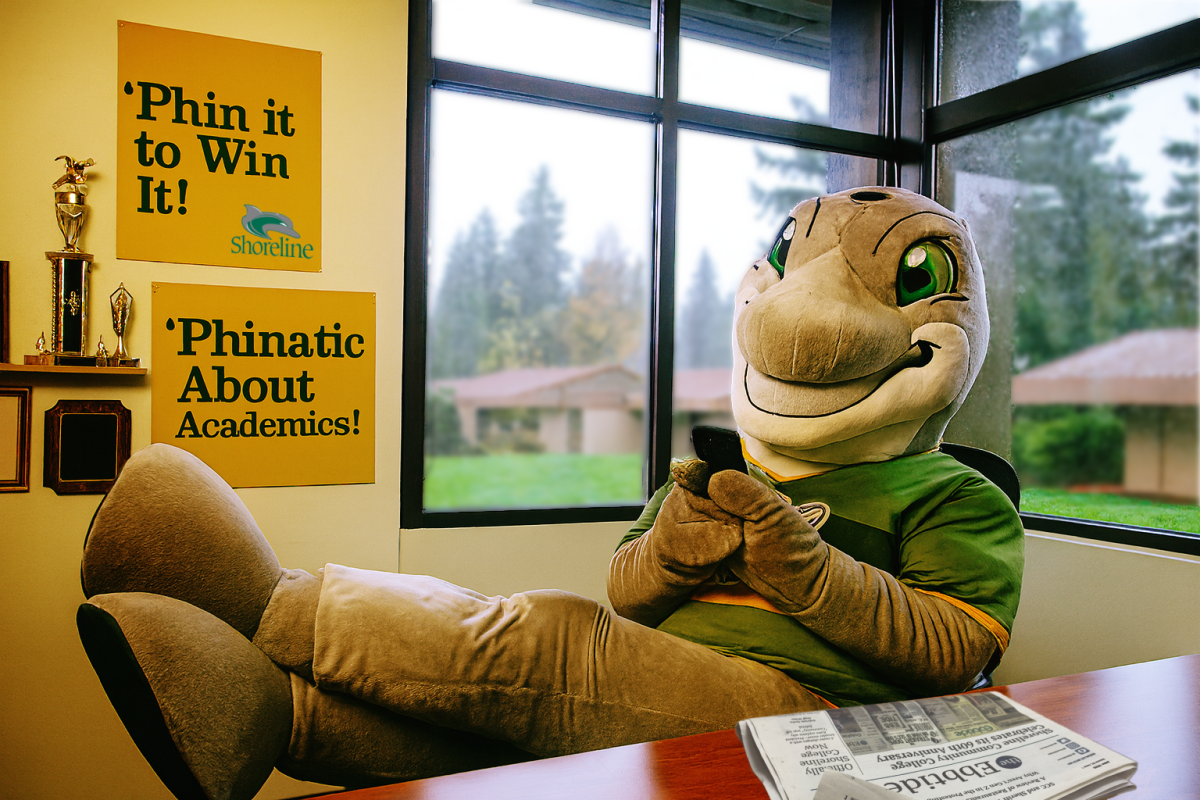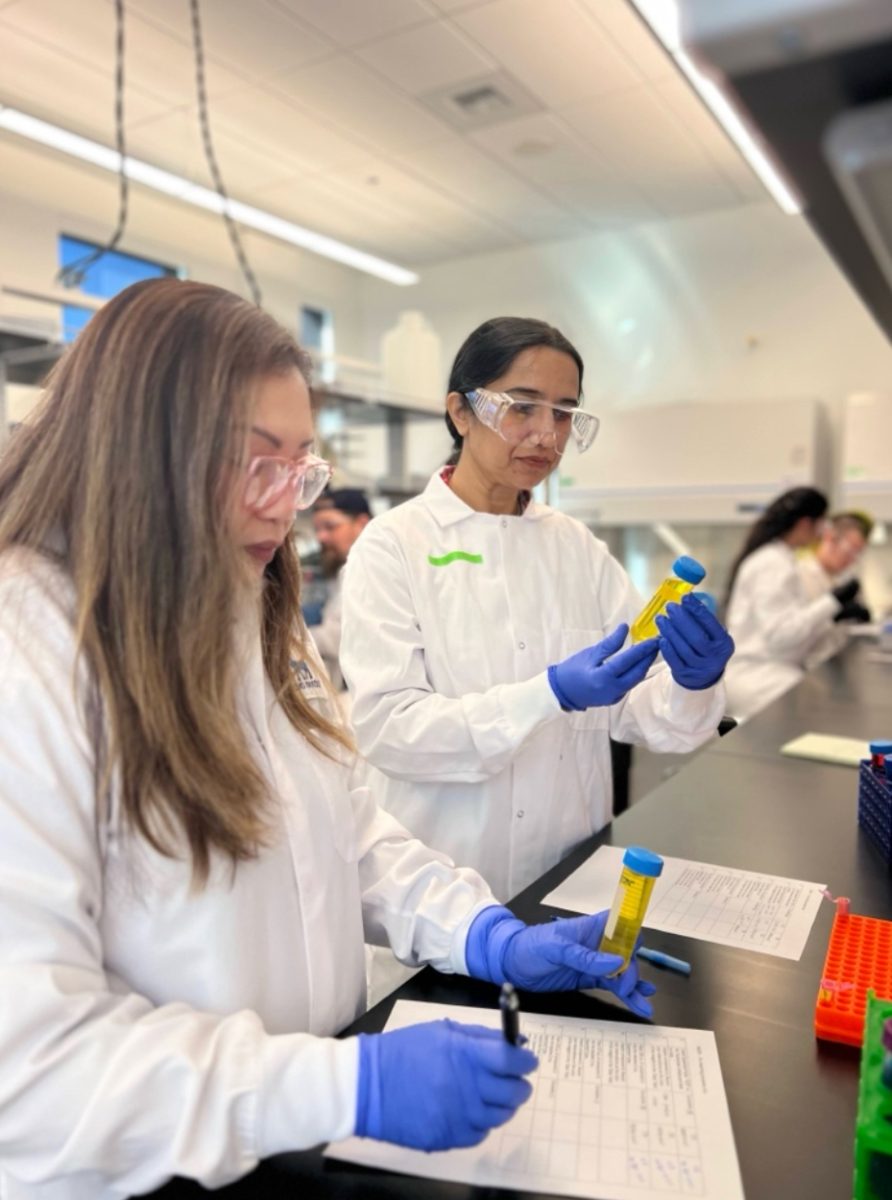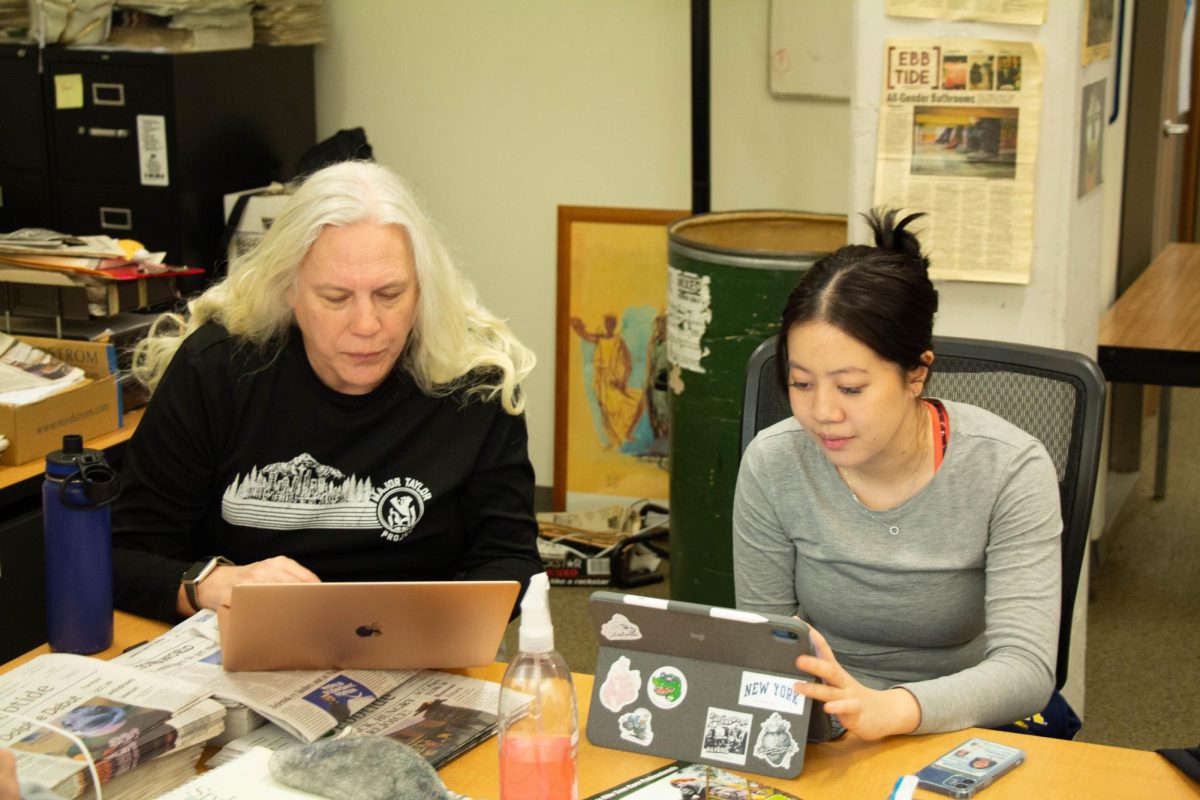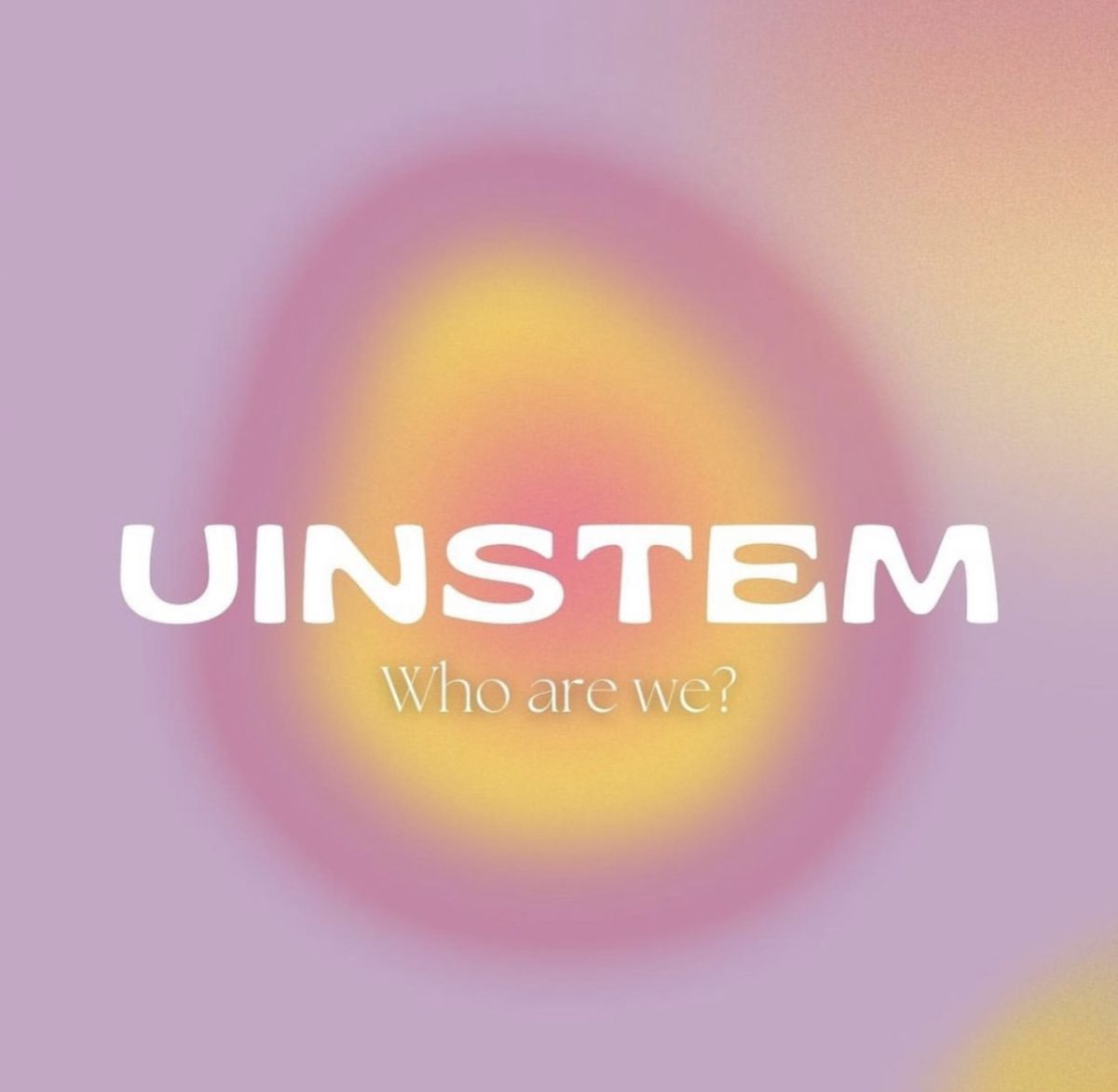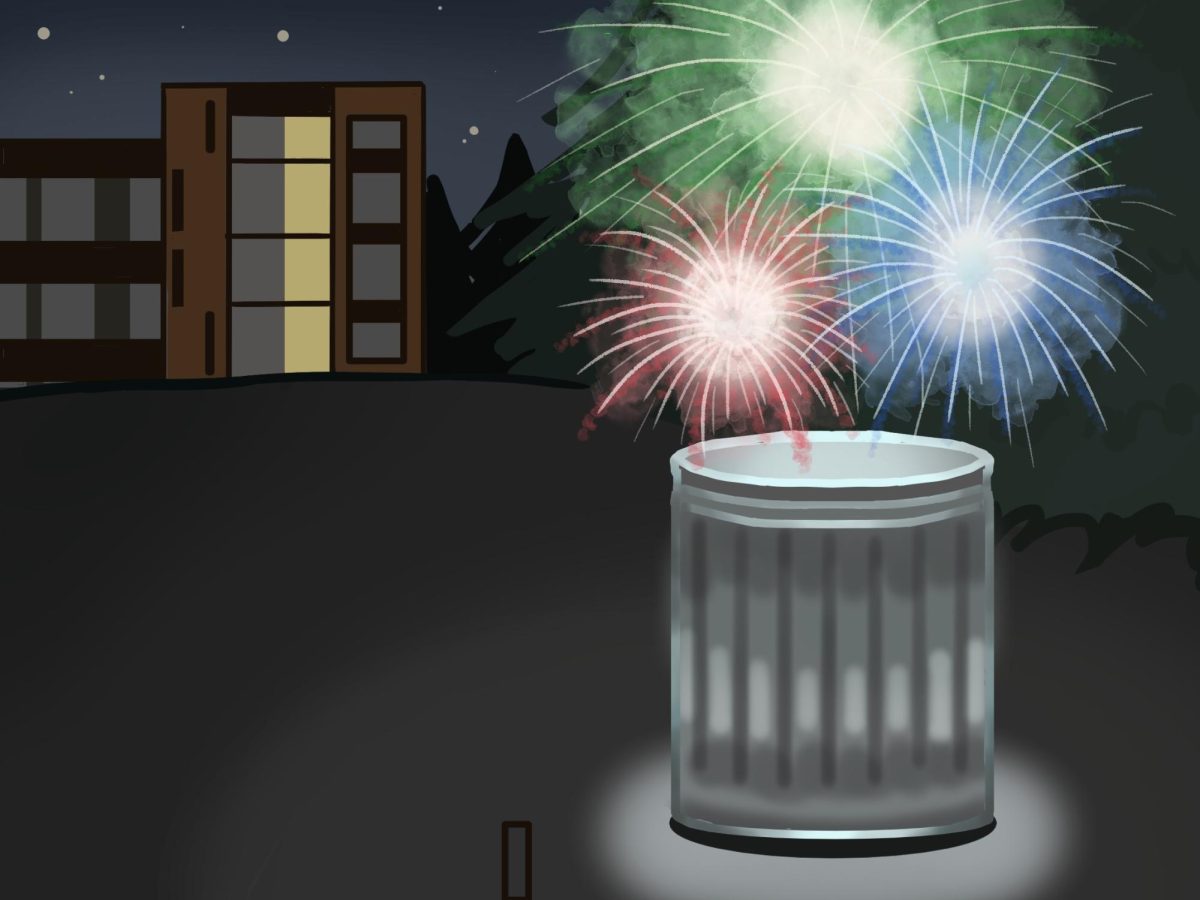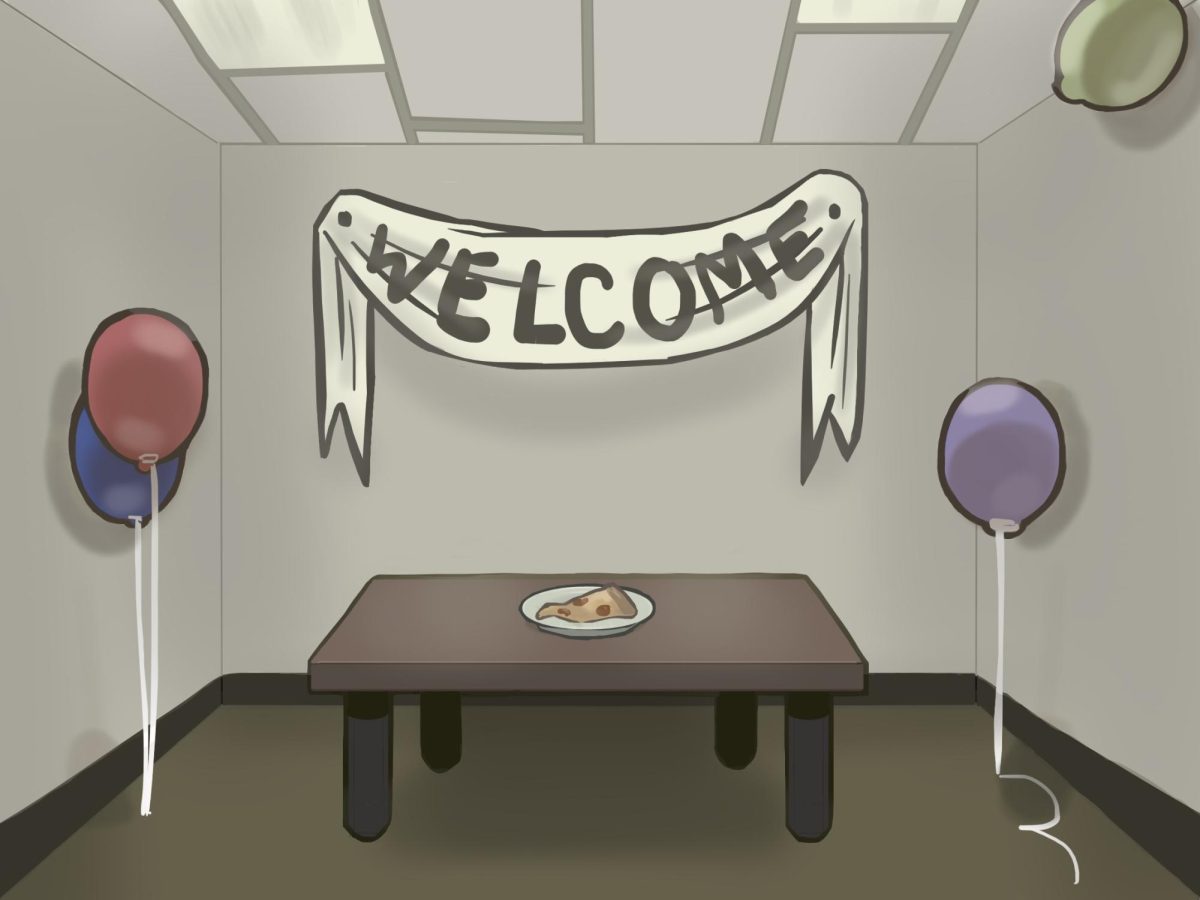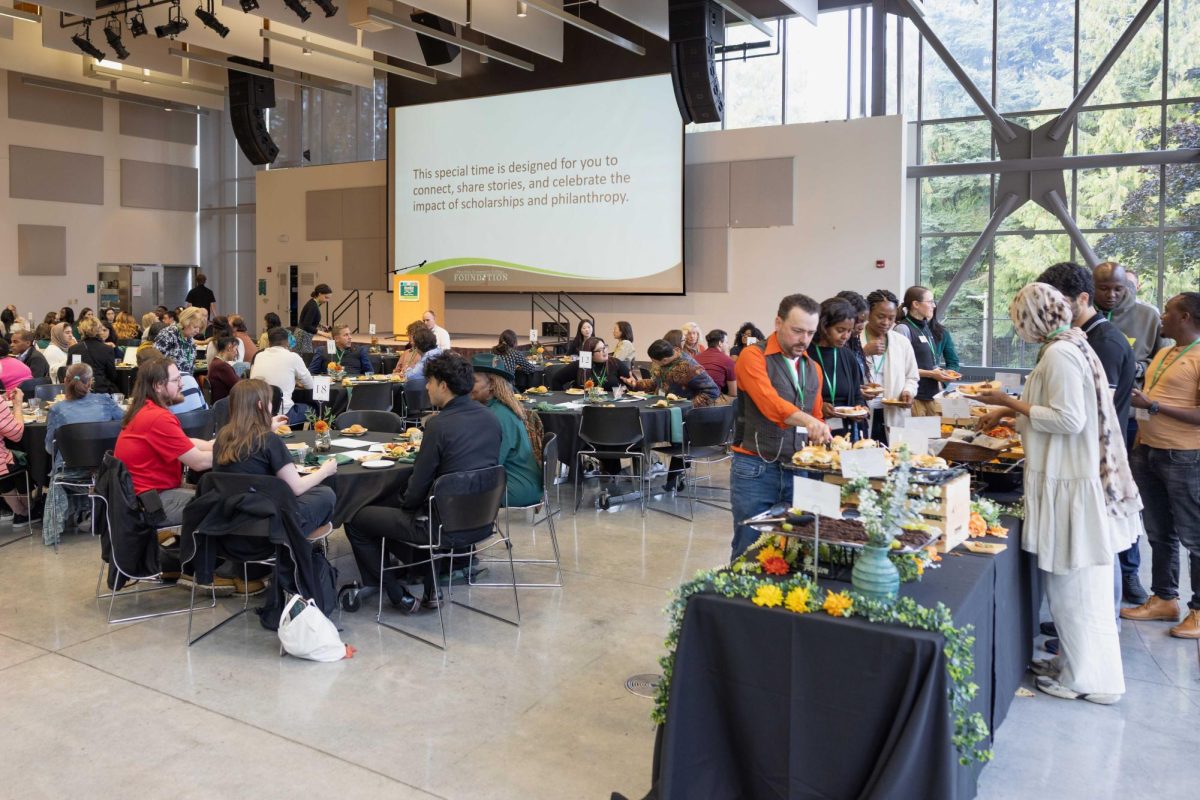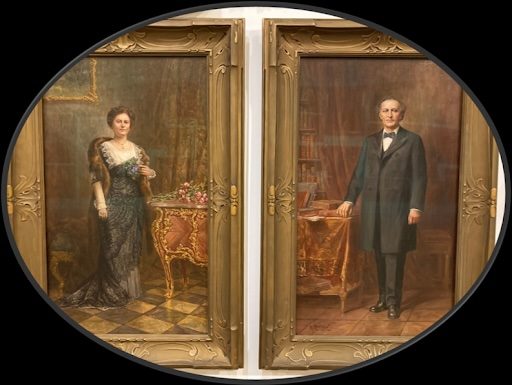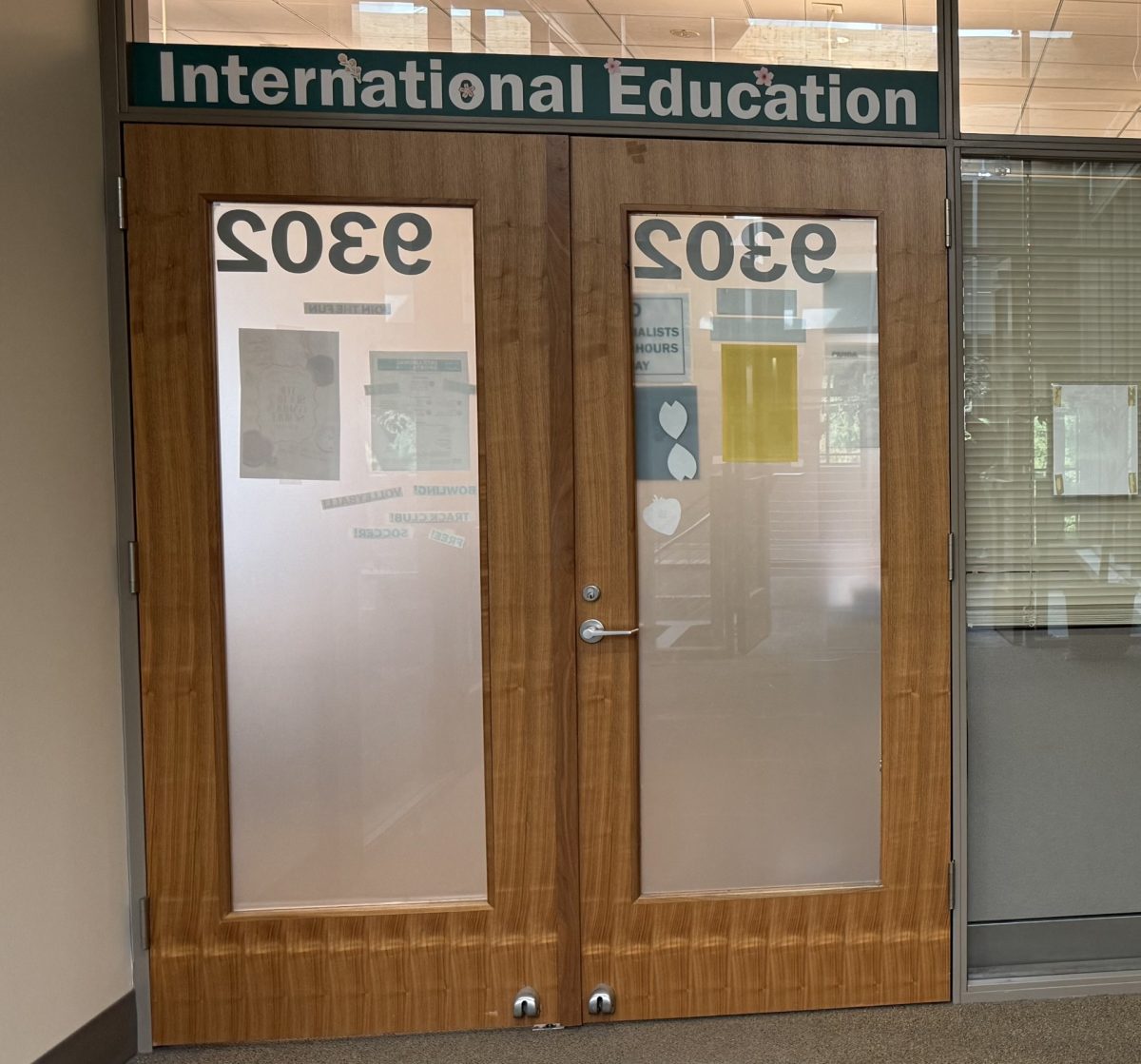Biodiversity is the cornerstone of a stable ecosystem. Variety leads to sustainability, and when that variety declines, so can the health of a region. As species extinction remains a prominent issue, we must place a higher value on conservation and work to negate human impact.
The island marble butterfly (*Euchloe ausonides insulanus*) conservation effort demonstrates many elements of species preservation, and is localized to a small region here in Washington. Thought to have been extinct for nearly 100 years, this butterfly made a surprise appearance on the San Juan Islands in 1998. Baffled by sightings of this Canadian butterfly and determined to help its population recover, biologists began to study it rigorously.
Analyzing survivorship was a critical step in determining the best way to protect the island marble. Among the first survivorship studies were those conducted from 2005 to 2008 by UW Bothell professor Amy Lambert and her team of students. Lambert’s data suggested deer herbivory to be a significant cause of mortality at 26%. Deer consume the mustard flowers that island marbles need to survive. In the process, they can also consume eggs and separate caterpillars from their food source: the delicate mustard petals. Since then, other mortality factors have been identified such as construction, the destruction of mustard plants by environmental factors, and their suppression by invasive grasses.
In 2008, 10 years after its initial rediscovery, surveys of the San Juan Islands revealed that a significant lagoon-dwelling population had completely disappeared.
The mustard plants the island marble lives on showed signs of distress. Layers of rocks and sand suggested that rising tides had wiped out the population. Coastal surges have become more common due to climate change, and are difficult to reconcile.
Since 2008, teams of researchers and students have been captive-rearing island marbles and re-releasing them into cultivated inland habitats. Data gathered on the causes threatening this species has grown vastly and emphasizes invasive species suppression as a particularly viable technique to support the island marble. Various grasses, the persistent European rabbit, and non-native wasps have all created a harsh environment for this butterfly.
The most recent stage in island marble conservation was a proposal in 2016 to list the butterfly as an endangered species. Livestock and development sites cover regions of the San Juan Islands that would be ideal havens for the island marble. Endangered species status could let the government claim such sites for research and preservation. Regulation, federal protection, and funding would also increase, giving the island marble a higher chance of recovery. The proposal was closed for comments in 2018 and is available to read online at the Federal Register.
Unfortunately, the proposal has not yet been reviewed. There are many critical species, and the line to get to the island marble has been slow moving. As of now , the species persists, and is a testament to the capabilities of conservation biologists and the tenacity of the natural world.


